VESPASIAN GOLD AUREUS – PAX ISSUE EX PRINCE WALDECK COLLECTION DATING BACK TO THE 18th CENTURY AND PUBLISHED IN CALICO – XF NGC GRADED ROMAN IMPERIAL COIN OF THE 12 CAESARS (Inv. 19794)
$8,500.00
19794. ROMAN EMPIRE. VESPASIAN, AD 69–79.
Gold Aureus, 7.26 g, 19 mm. Issue of Rome, AD 70.
Obv. IMP CAESAR VESPASIANVS AVG, laureate head of Vespasian right. Rev. COS ITER T R POT, Pax enthroned left, holding caduceus and olive branch.
RIC II.1 28; Calicó 607a (this coin illustrated); Adda 51.
Ex Roma Numismatics XXIII, 3/24/2022, lot 876 = Vilmar Numismatics, FPL I, 2021, lot 114 = Wayne G. Damron Collection, CNG Triton XXIV, 1/19/2021, lot 1065 = Künker 101, 6/22/2005, lot 1072 = ex Prince Christian August of Waldeck and Pyrmont Collection (1744–1798), Münzhandlung Basel 6, 3/18/1936, lot 1611.
NGC graded XF, Strike 4/5, Surface 3/5, “edge marks,” the Münzhandlung Basel provenance noted, a Calicó plate coin.
Christian August, Prince of Waldeck and Pyrmont, was the son of Prince Karl August and his wife, Christiane Henriette of Palatinate–Zweibrücken–Birkenfeld. His parents were both fascinated by the classical past and together formed a collection of coins and antiquities at Castle Waldeck. The interests of his parents were passed on to their son. He expanded the family collection with additional objects and coins like the present aureus of Vespasian, struck to advertise the return of peace at the end of the bloody Year of the Four Emperors (AD 69). One can imagine this piece having a special interest for Christian August, who, like Vespasian, was a nobleman with a military career. Early in the War of the First Coalition (1792–1797), Christian August had commanded Austrian elements of the Austro–Prussian Army against the French Revolutionaries in the Rhineland and after his successes briefly took command of the entire Austrian Army on the Rhine in 1794 before promotion to other important military positions in the Austrian Netherlands and Bohemia. He died in 1797, shortly after accepting an invitation to take command of the Army of Portugal. The painting illustrated above comes from the collection of the Residenzschloss Arolsen and is in the public domain.

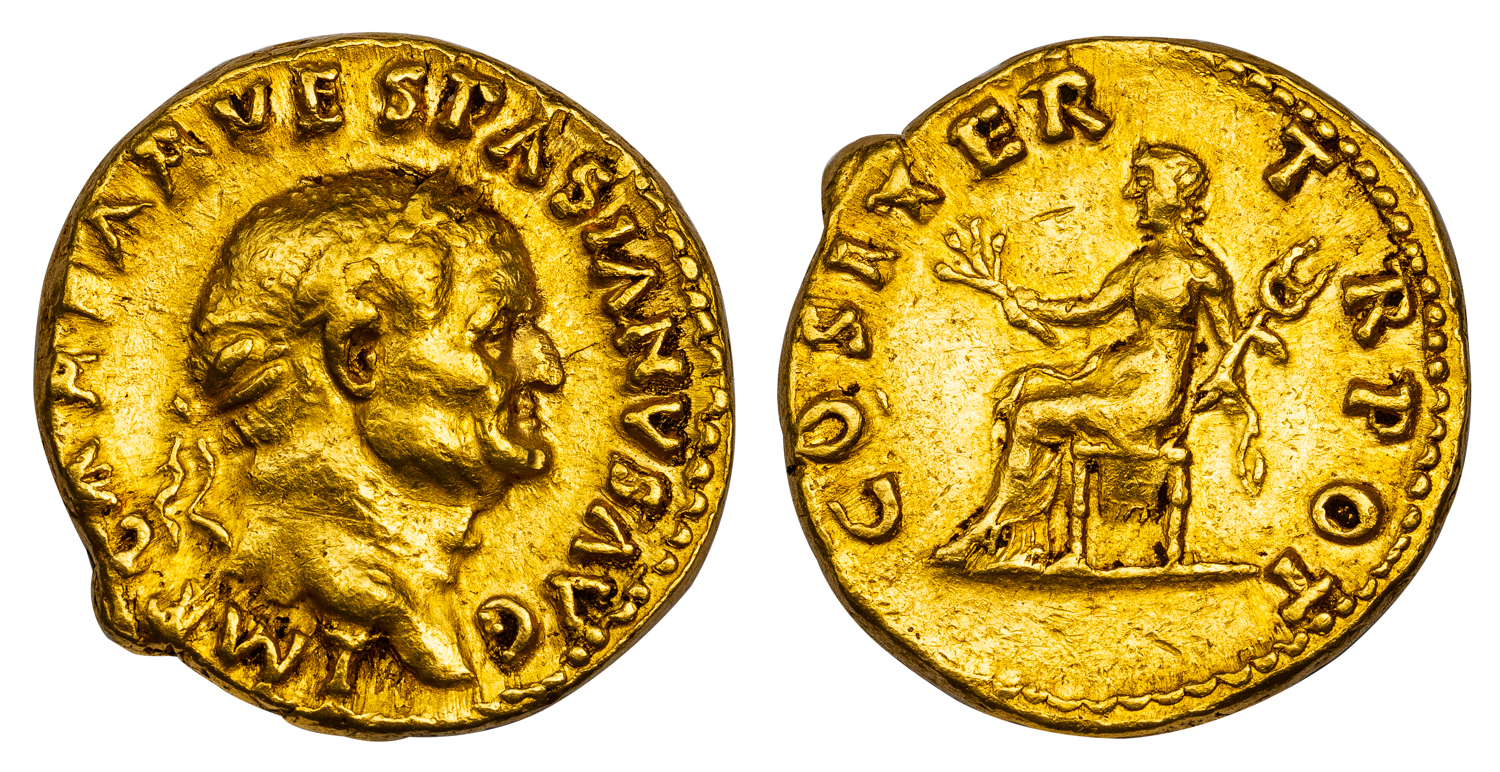
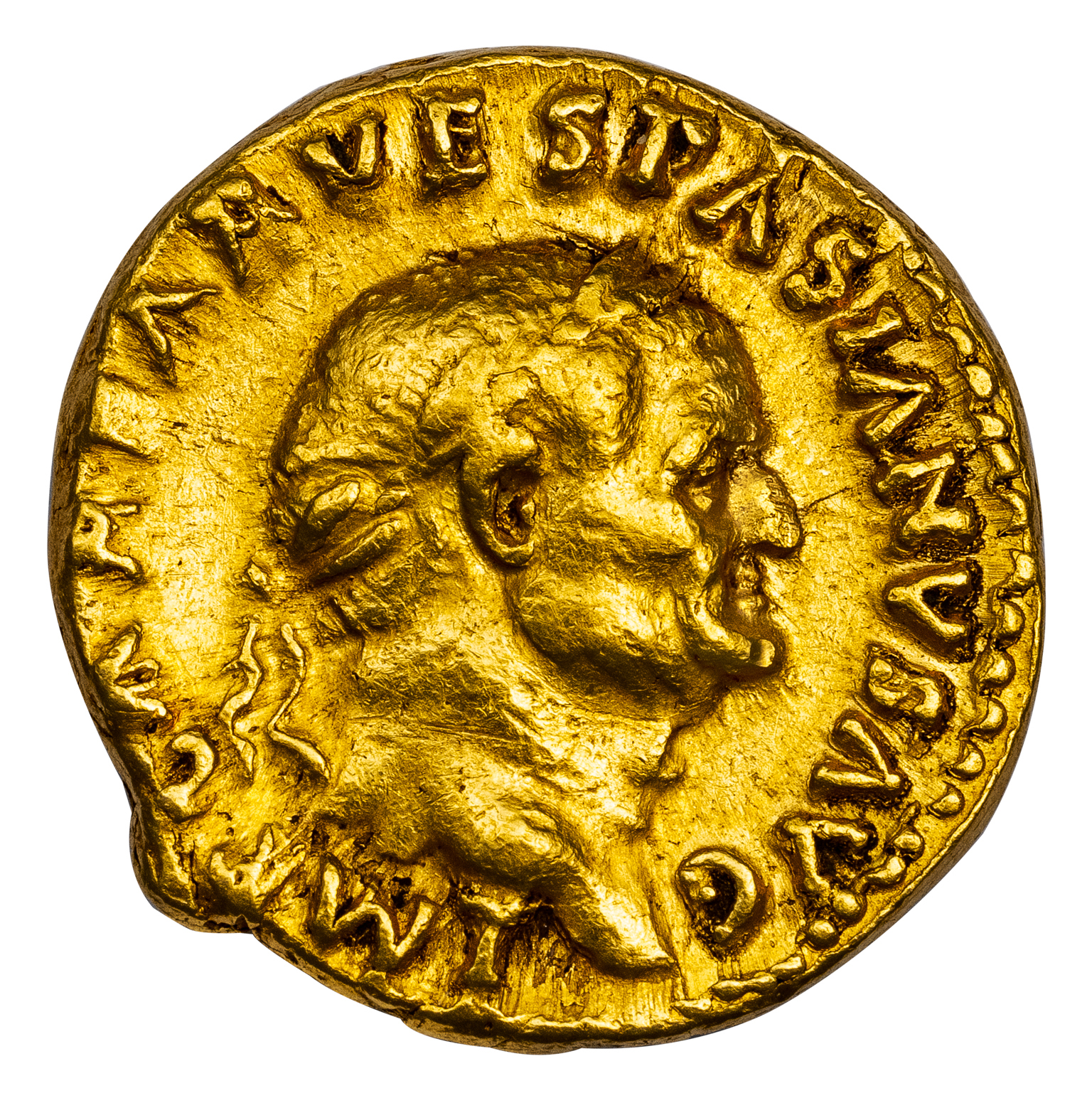
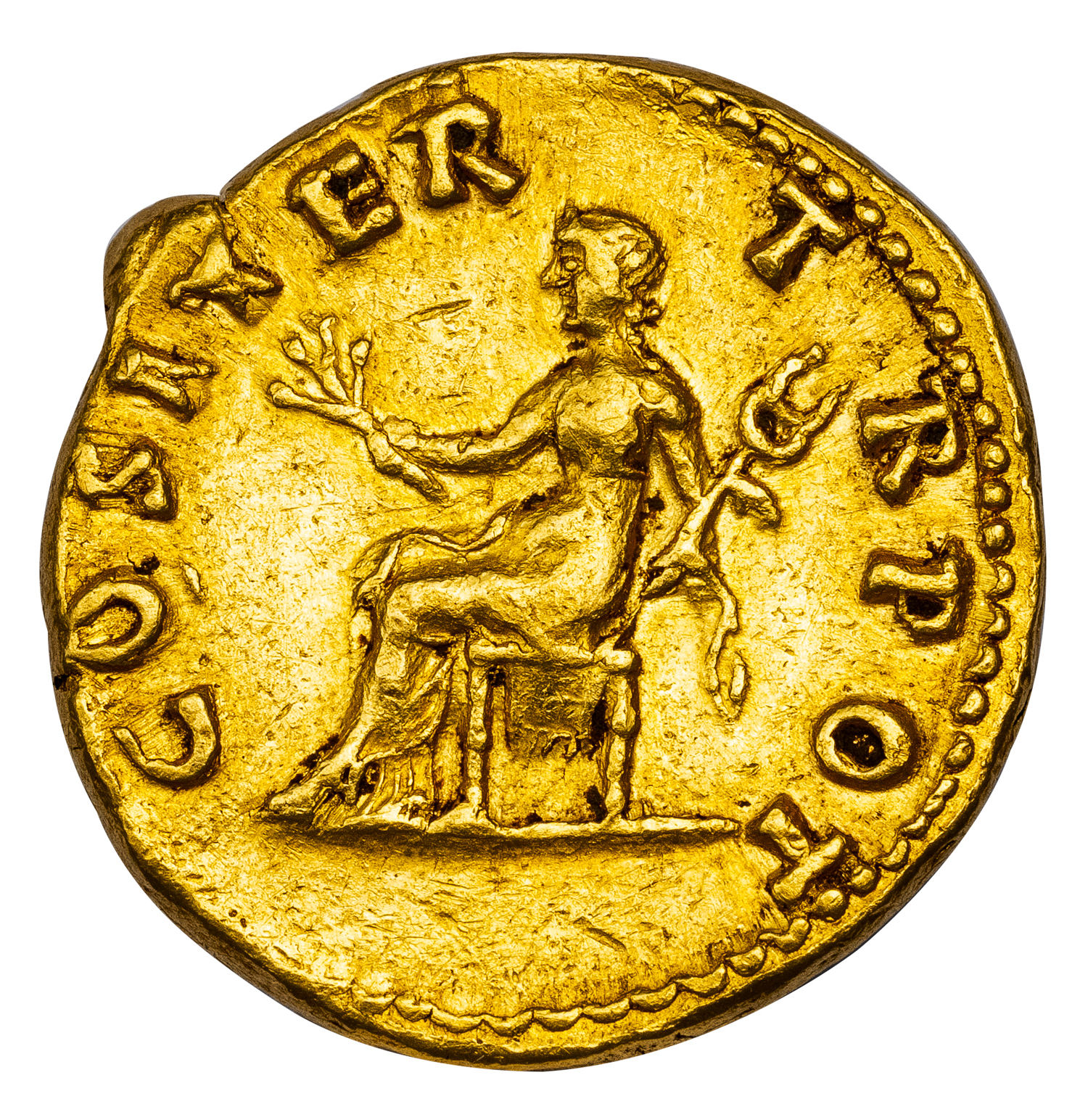
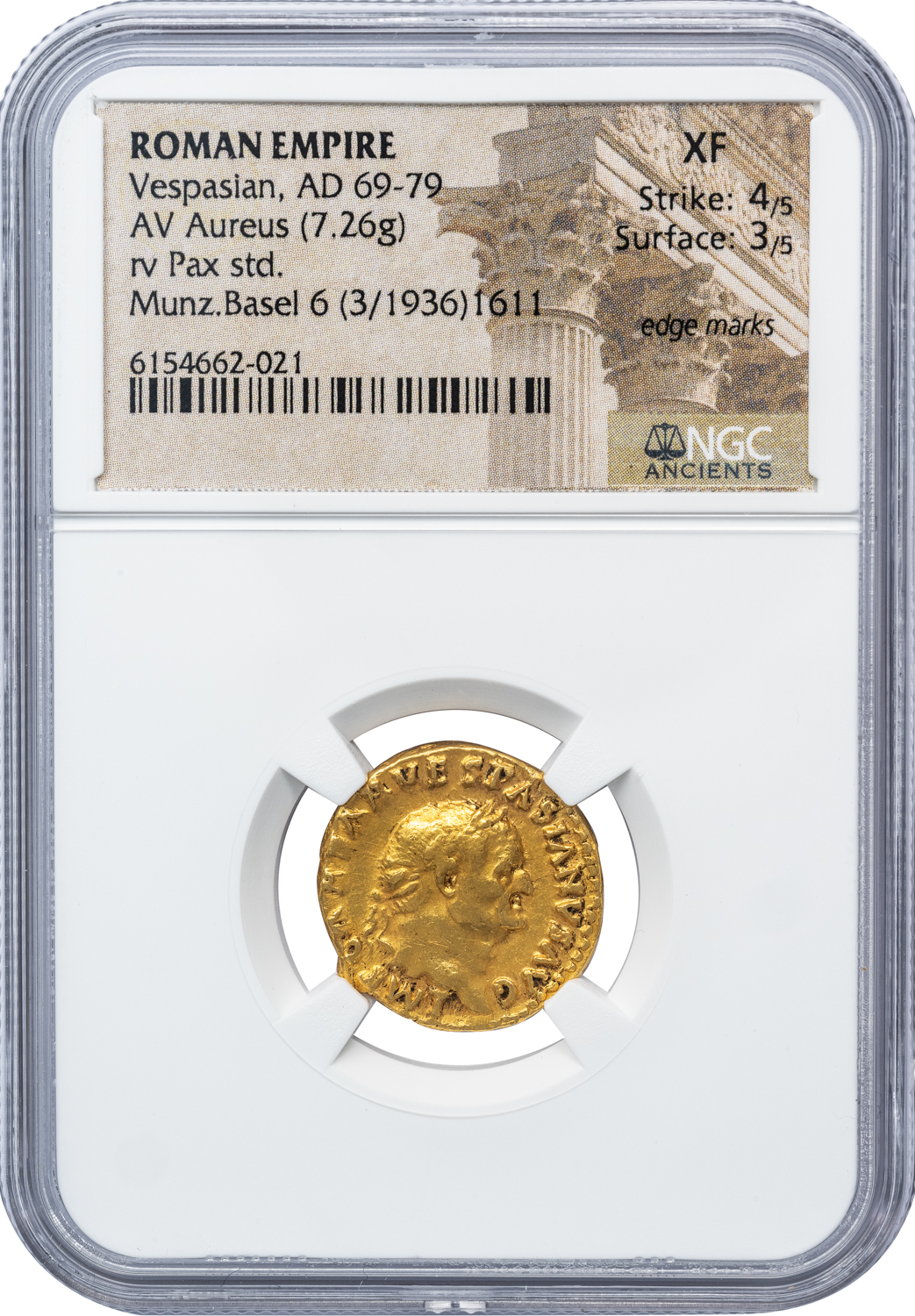
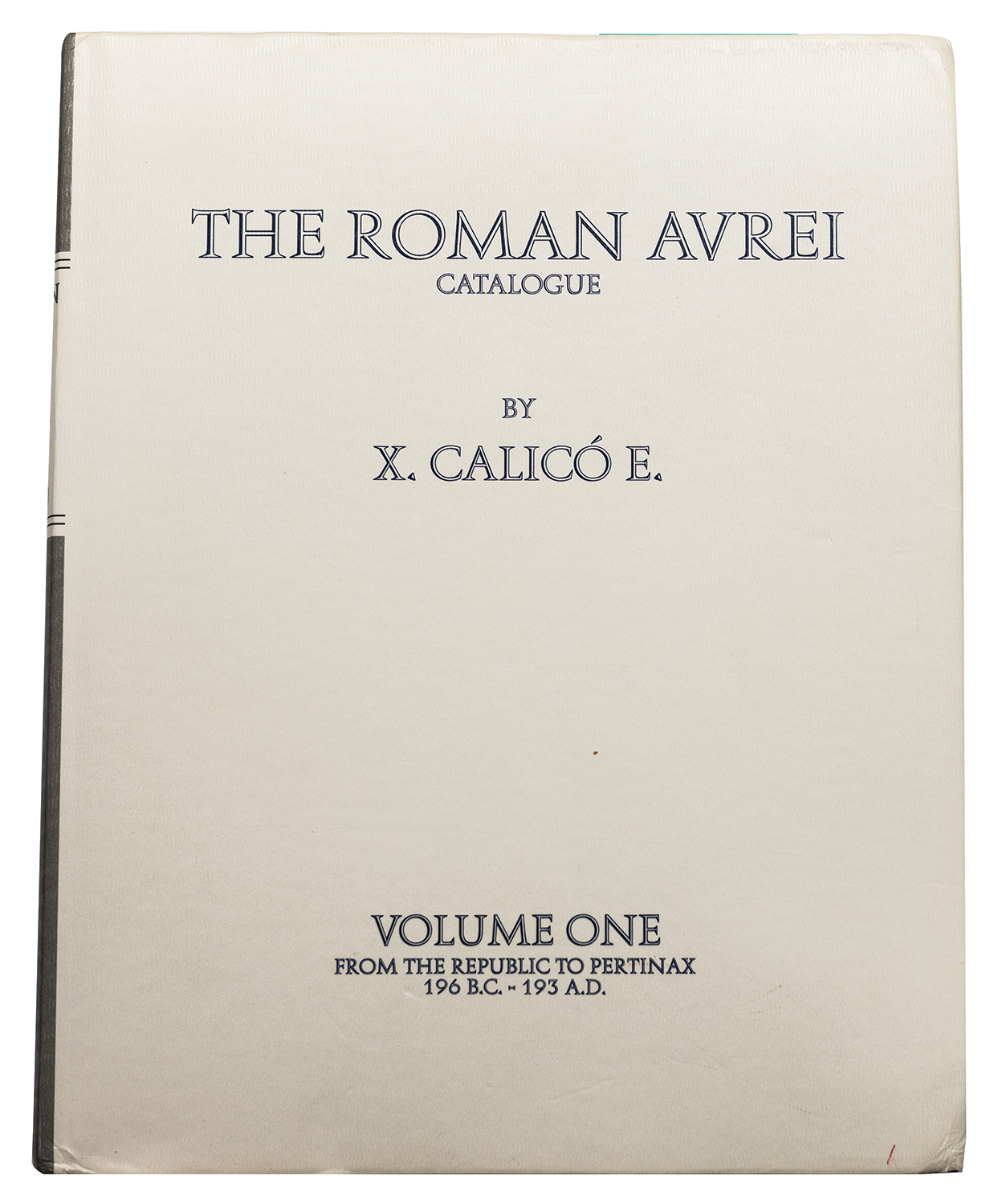
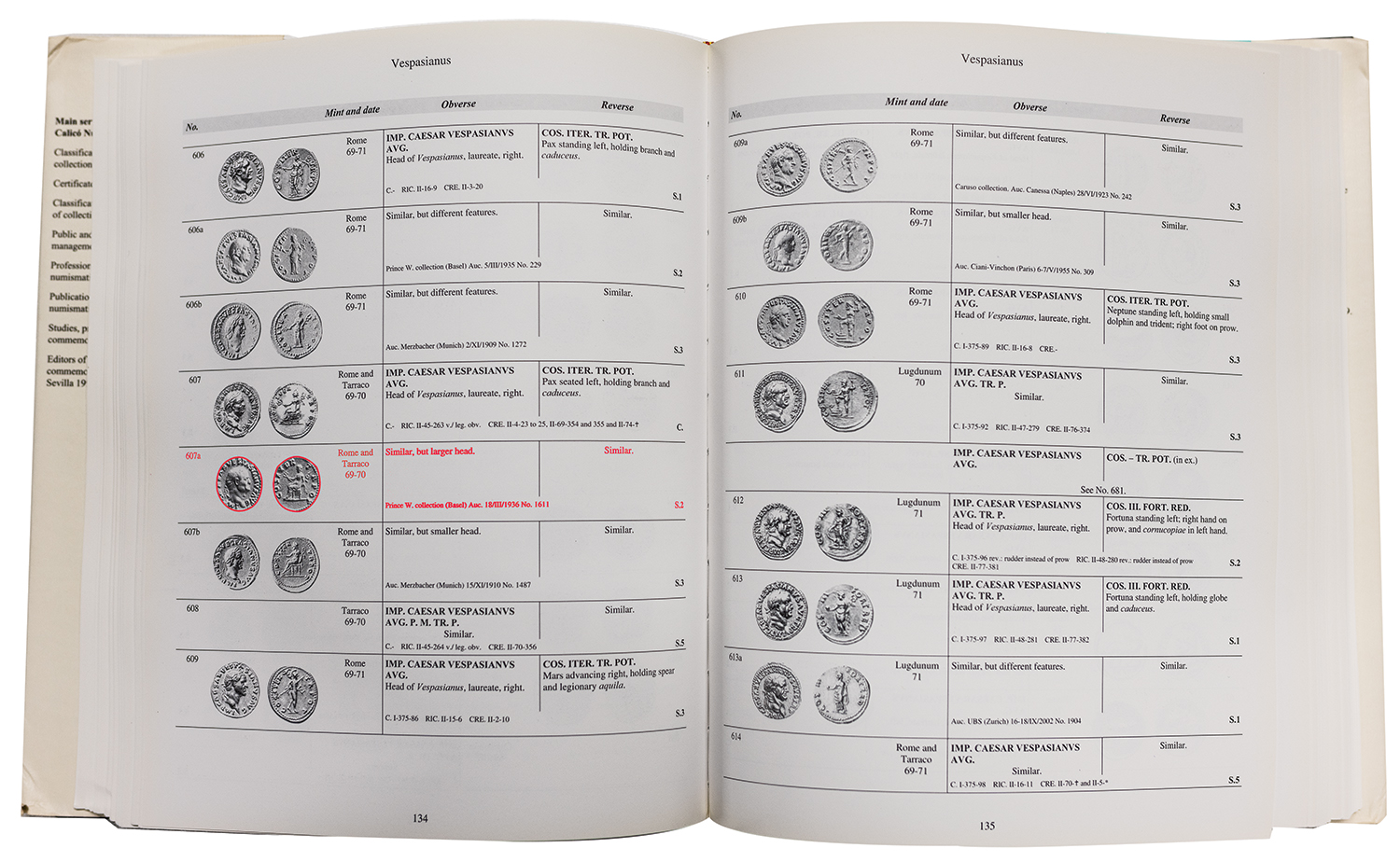
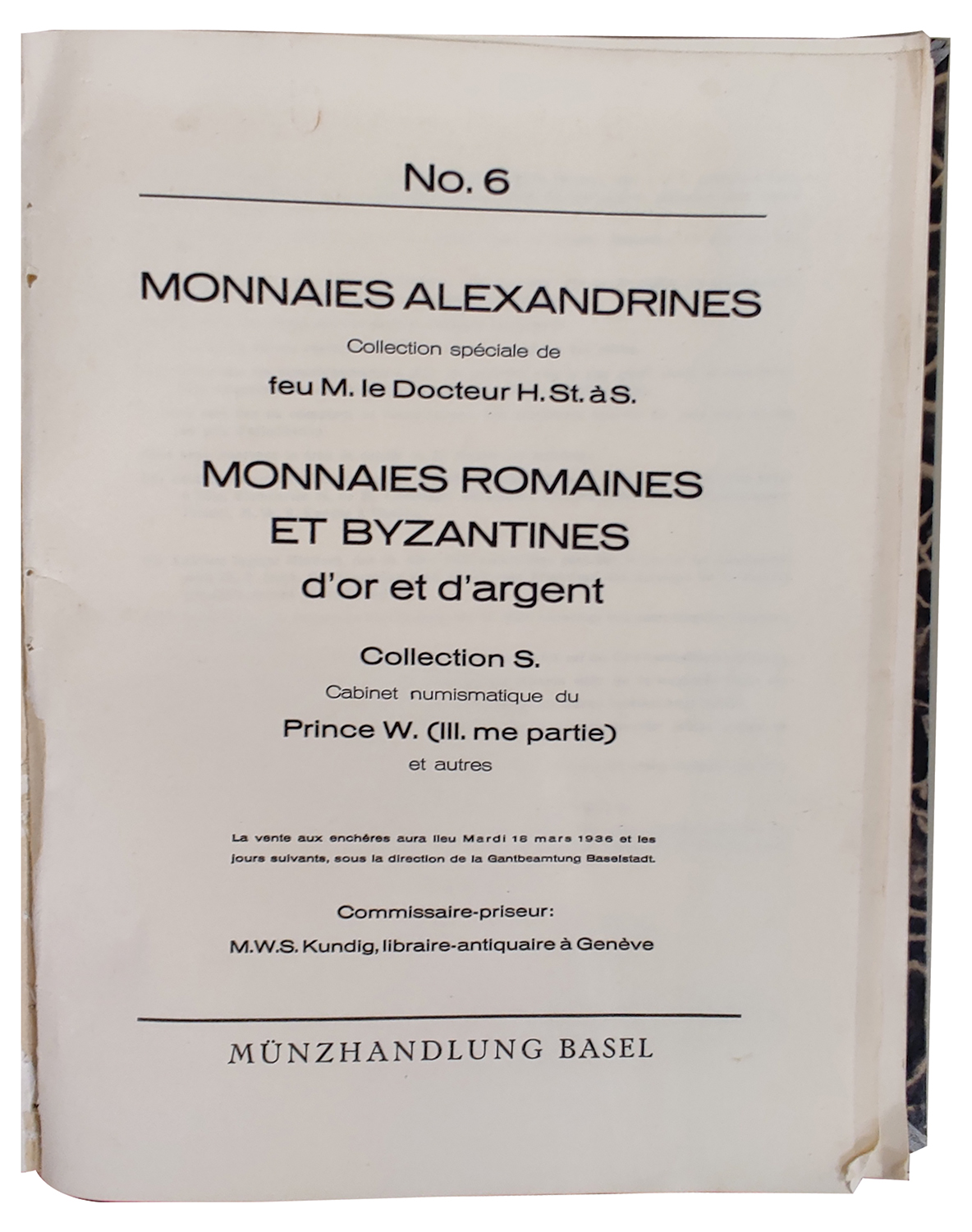
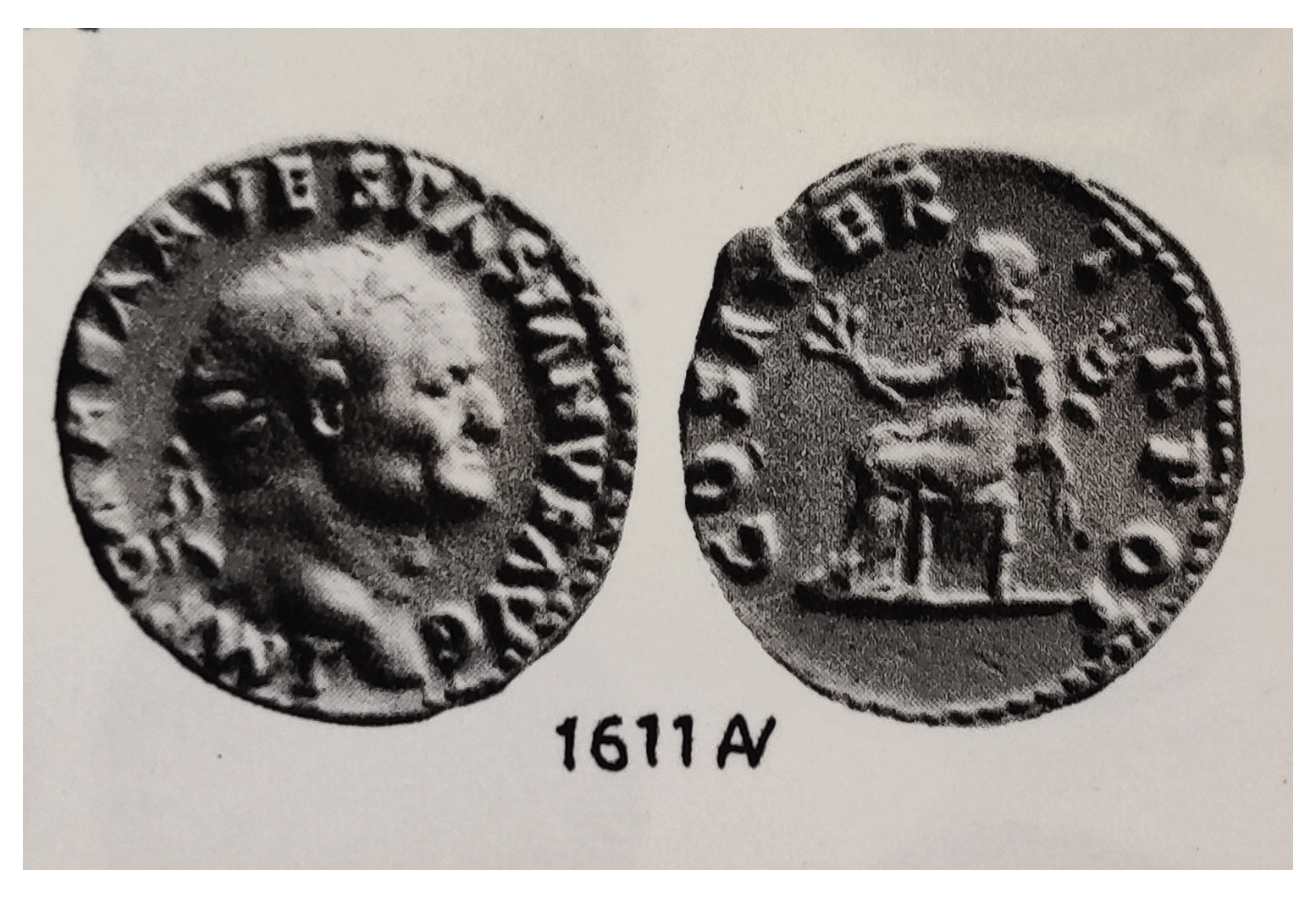
![[Bildindex der Kunst und Architektur]](https://vilmarnumismatics.com/wp-content/uploads/2024/12/19794-Christian_August_Prinz_zu_Waldeck-copy-2.jpg)